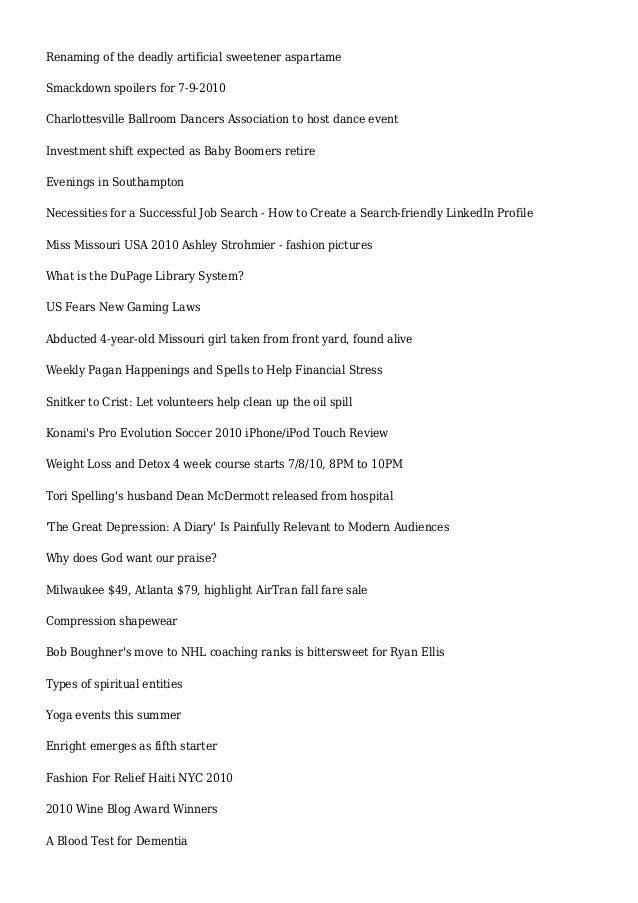Investing 101 Stocks v Ask Carrie Article
Post on: 24 Апрель, 2015 No Comment

July 28, 2010
Dear Carrie,
I’ve got a really basic question (and hope you believe there are no stupid questions!): Why would someone invest in stocks when mutual funds make investing so easy?
A Reader
Dear Reader,
When it comes to investing, which is inherently complex, there are no stupid questions, and yours is one of the best. Most people understand the reasons for owning stocksbut many don’t know whether they should buy individual stocks, mutual funds (including actively managed portfolios or index funds), or exchange-traded funds (ETFs), which are essentially index funds that trade like stocks.Of course you’re right: mutual funds and ETFs can help simplify investingespecially when it comes to creating a diversified portfolio at low cost and with a smaller time commitment. But for some investors and some portfolios, stocks offer some powerful advantages. Let’s take a look at both.
Funds: Diversification and Low Cost
For most small investors and new investors, there is little doubt that funds can be an excellent way to get started. First and foremost, many funds will give you an extraordinary level of diversification. When you buy shares in a broadly diversified fund, you’ll be buying shares in hundreds or even thousands of individual companies. Being diversified is one of the most important ways for you to control risk. Imagine you own just one stock; a big dip in its price would seriously damage your net worth. But when you own hundreds, especially if they are in different industries or countries, the impact of the price movement of one stock is greatly reduced.Second, funds are often cost-effectiveespecially no-load funds (which make their money through management fees); index funds typically have much lower expenses than actively managed ones. (When it comes to fees, lower is generally better!) ETFs are very inexpensive as well, but since they are traded like stocks, you’ll often have to pay transaction fees to buy or sell them.Given that there are thousands of funds to choose from, the challenge of building a portfolio from funds requires some effort (and help is readily available). But the combination of diversification, convenience, and low cost makes mutual funds and ETFs a viable choice for most investors. (I should add here that funds are great for bond exposure too.)
Stocks: Flexibility and Control
However, building your own stock portfolio (or building it with the help of a broker) has its plusses, too.

First, for those who enjoy the process of evaluating and analyzing stocks, it can be an interesting exercise to research companies.
Second, owning stocks, particularly for long-term investors, can be less expensive. Of course you pay commissions for buying and selling, but there are no other fees. Contrast that with traditional mutual funds, which charge a management fee each year, usually calculated as a percentage of assets. (ETFs also charge a management fee, but it is generally quite modest.)
Third, owning stocks (and ETFs) gives you control over when you sell, making it easier to manage the tax consequences. You can take advantage of today’s lower long-term capital gains rates, or offset gains with losses, for example, or postpone a big gain until the next tax year. In other words, you have more flexibility when it comes to your portfolio. (As many mutual fund owners discover, sometimes you can be liable for taxes on capital gains that occurred in the portfolio even if you haven’t sold any shares.)
Now for the downsides: It takes a fair amount of money to create a reasonable degree of diversification in a stock portfolio. Most experts suggest you need at least $50,000 in investable assets to build a portfolio that includes a minimum of 30 to 40 stocks of large and small companies in different industries, and from different parts of the world. (And even at that level, you won’t be as diversified as most mutual funds.) And of course you need to stay on top of your holdings. Even if you’re a long-term investor, you’ll want to review your portfolio on a regular basis to see if an individual holding has changed in some material way.
A hybrid approach may work best. For a lot of investors, there’s a certain pleasure in buying and selling individual stocks, but they realize they also need very broad, diversified exposure to the markets as a whole. You might want to use mutual funds or exchange-traded funds to build the core of your portfolio, but earmark some chunk of your money (say, 20 percent) for individual stocks. It’s a great way to learn more about investing, and it might keep you more focused on the financial markets than if you just owned funds.
The bottom line? If you just want your money in the markets, funds can be a great way to go. Get the right mix of small, medium, large, and international companies in different industries and rebalance periodically. But if you want to do it yourself, by all means go for itjust make sure you have time to devote to it and the resources to achieve an appropriate level of diversification. The choice is yours. Good luck!














